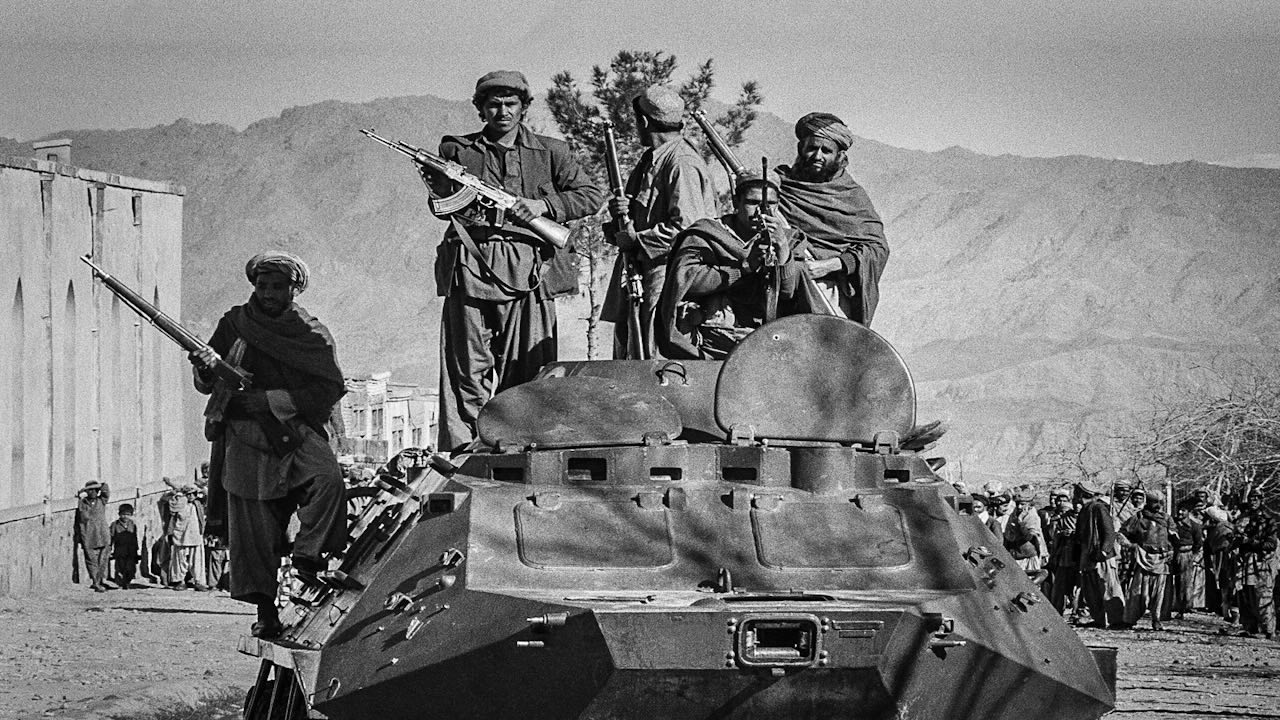
The Herat Uprising of 1979 stands as a pivotal moment in Afghan history. This rebellion against the Soviet-backed government in Afghanistan marked the beginning of widespread resistance. Herat, a city with rich cultural heritage, became the epicenter of this revolt. Thousands of civilians, including women and children, joined the fight, showcasing immense bravery. The uprising was brutally suppressed, leading to significant casualties. However, it ignited a spark that fueled further resistance across the country. Understanding the Herat Uprising provides insight into the Afghan struggle for independence and the broader geopolitical dynamics of the Cold War era. Here are 25 facts to deepen your knowledge about this crucial event.
Key Takeaways:
- The Herat Uprising in 1979 was a major rebellion against the Afghan government, leading to intense conflict and significant civilian suffering. It also had far-reaching consequences for Afghanistan's relations with other countries.
- Ismail Khan, tribal groups, and religious leaders played crucial roles in the Herat Uprising, which inspired resistance movements and remains a symbol of Afghan struggle for freedom and justice.
The Herat Uprising: A Glimpse into History
The Herat Uprising, a significant event in Afghan history, took place in 1979. This event marked a turning point in the region's political landscape. Here are some fascinating facts about the Herat Uprising that shed light on its importance.
-
The Herat Uprising occurred in March 1979, specifically on the 15th of the month.
-
This rebellion was primarily against the People's Democratic Party of Afghanistan (PDPA) government.
-
Herat, a city in western Afghanistan, was the epicenter of this revolt.
-
The uprising was partly fueled by widespread dissatisfaction with the PDPA's policies, including land reforms and social changes.
Key Figures and Groups Involved
Several key figures and groups played crucial roles in the Herat Uprising. Understanding who they were helps in grasping the complexity of this event.
-
Ismail Khan, a prominent Afghan warlord, emerged as a key leader during the uprising.
-
The rebellion saw participation from various tribal groups, including the Tajiks and Pashtuns.
-
The Soviet Union, which supported the PDPA government, became indirectly involved due to its alliance.
-
The uprising also saw the involvement of religious leaders who opposed the secular policies of the PDPA.
The Course of the Uprising
The Herat Uprising was marked by intense conflict and significant events that shaped its course. Here are some notable moments.
-
The revolt began with an attack on government buildings and military installations in Herat.
-
Insurgents managed to capture the city for a brief period, showcasing their strength.
-
The PDPA government responded with a brutal crackdown, leading to heavy casualties.
-
Soviet advisors were present in Herat during the uprising, providing support to the PDPA forces.
Impact on the Civilian Population
The Herat Uprising had a profound impact on the civilian population, leading to significant suffering and displacement.
-
Thousands of civilians were killed during the conflict, with estimates ranging from 3,000 to 25,000.
-
Many residents of Herat fled the city to escape the violence, seeking refuge in neighboring regions.
-
The uprising led to widespread destruction of property, including homes, businesses, and infrastructure.
-
The conflict also disrupted daily life, with schools and markets closing down during the fighting.
International Reactions and Consequences
The Herat Uprising drew international attention and had far-reaching consequences for Afghanistan and its relations with other countries.
-
The United States condemned the PDPA's actions and expressed support for the rebels.
-
The Soviet Union increased its military presence in Afghanistan following the uprising.
-
The Herat Uprising is often seen as a precursor to the Soviet invasion of Afghanistan later in 1979.
-
The event highlighted the deep-seated resistance to the PDPA government and its policies.
Legacy of the Herat Uprising
The legacy of the Herat Uprising continues to influence Afghan history and politics. Here are some lasting impacts.
-
Ismail Khan, who played a key role in the uprising, later became a prominent political figure in Afghanistan.
-
The uprising is remembered as a symbol of resistance against oppressive regimes.
-
The events in Herat inspired other uprisings and resistance movements across Afghanistan.
-
The Herat Uprising is often studied by historians as a significant event in the lead-up to the Soviet-Afghan War.
-
The memory of the uprising remains a poignant reminder of the struggles faced by the Afghan people in their quest for freedom and justice.
The Lasting Impact of the Herat Uprising
The Herat Uprising of 1979 wasn't just a local event; it had far-reaching consequences. This revolt against the Afghan government and its Soviet allies highlighted the intense dissatisfaction among the people. It also marked the beginning of a larger resistance movement that would eventually lead to the Soviet withdrawal from Afghanistan. The bravery shown by the people of Herat inspired many others to stand up for their rights and fight against oppression. This uprising is a significant chapter in Afghan history, reminding us of the power of collective action and the importance of standing up against injustice. Understanding these events helps us appreciate the complexities of Afghan history and the resilience of its people. The Herat Uprising remains a powerful symbol of resistance and a testament to the enduring spirit of those who fight for freedom.
Frequently Asked Questions
Was this page helpful?
Our commitment to delivering trustworthy and engaging content is at the heart of what we do. Each fact on our site is contributed by real users like you, bringing a wealth of diverse insights and information. To ensure the highest standards of accuracy and reliability, our dedicated editors meticulously review each submission. This process guarantees that the facts we share are not only fascinating but also credible. Trust in our commitment to quality and authenticity as you explore and learn with us.
